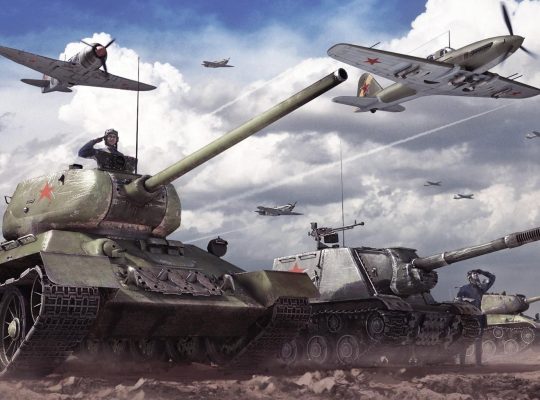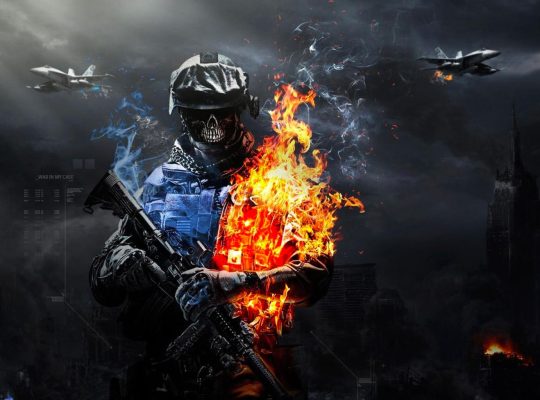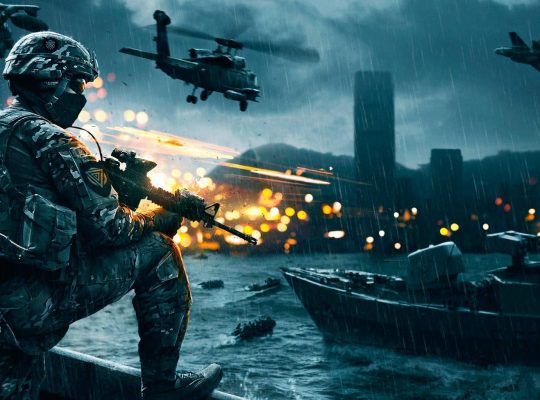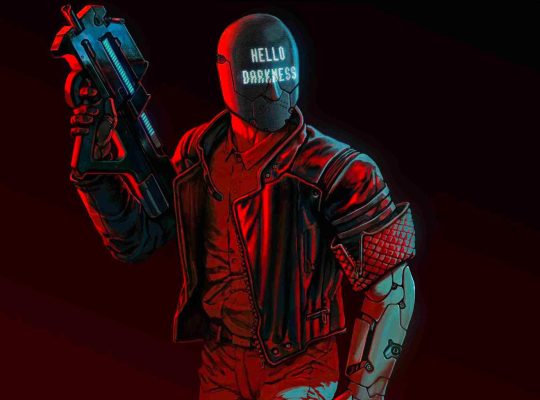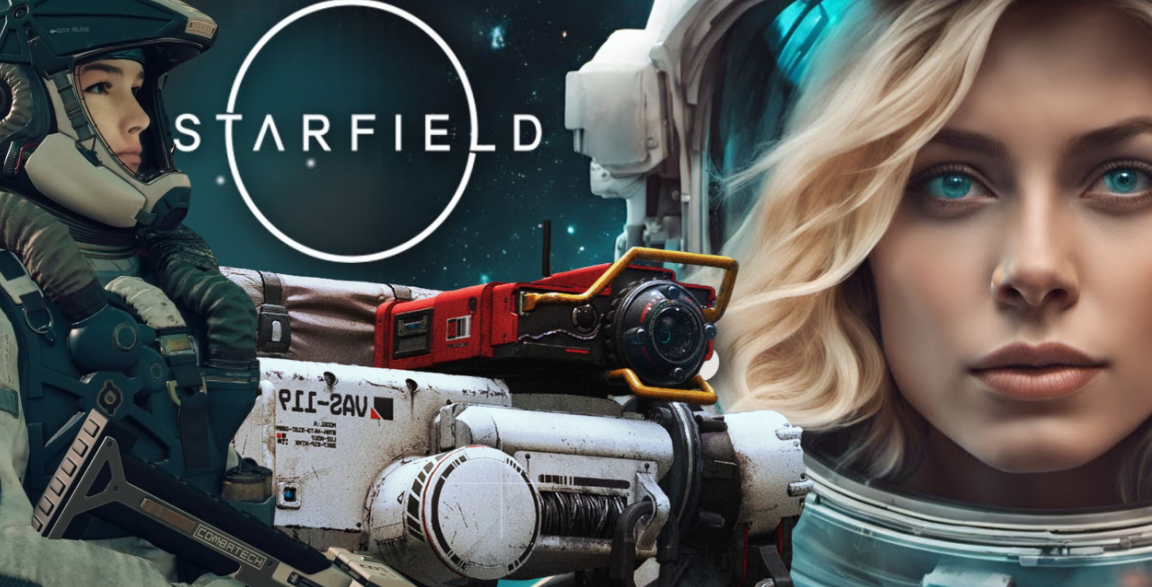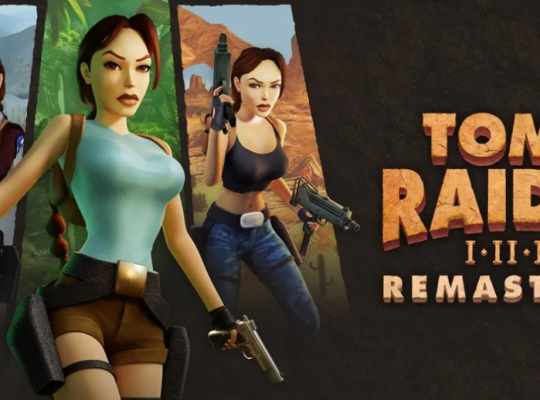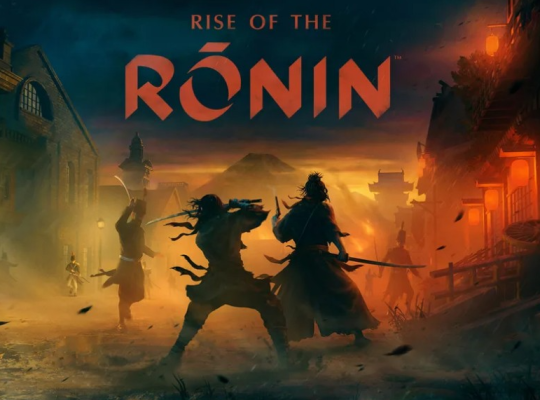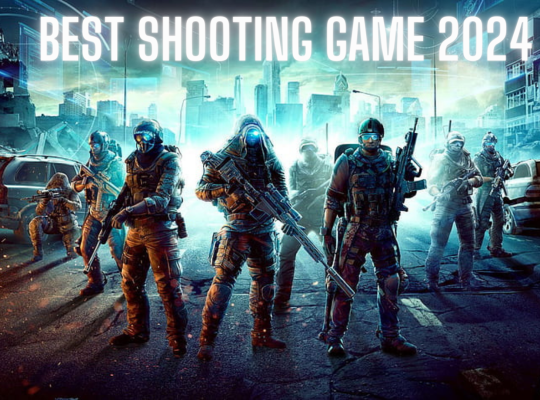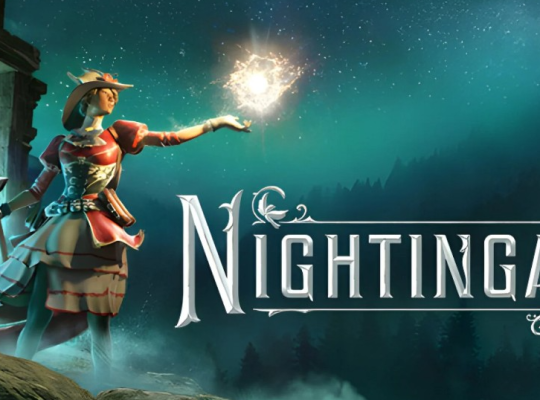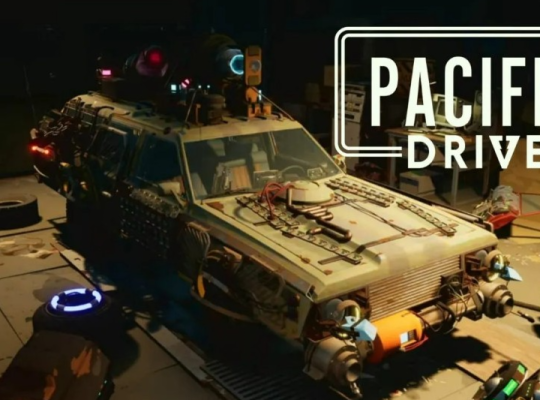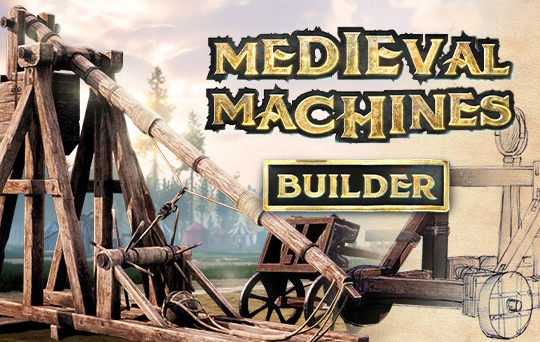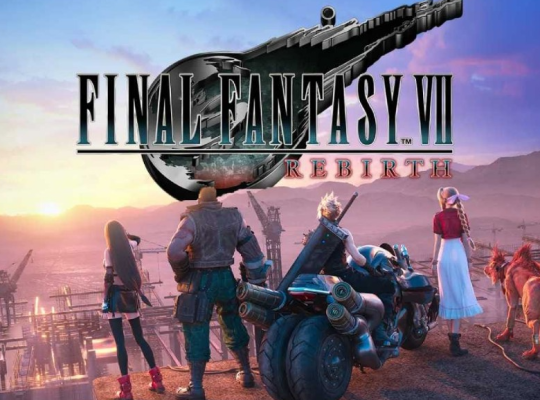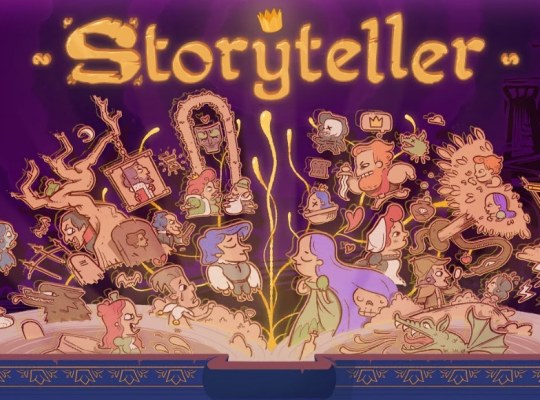Starfield stands as Bethesda’s most expansive RPG to date, intricately intertwined with the DNA of Skyrim and Fallout 4 more than anticipated. However, its trajectory veers considerably short of the greatness achieved by both of those iconic games. The central companions lack distinctive personalities, quests that commence with promise often conclude in an underwhelming fashion, and the grandeur of space exploration fails to evoke the anticipated sense of a cosmic odyssey. While my experience with Starfield held moments of enjoyment and lived up to its vast scale, it ultimately fell short of realizing the epic space adventure I had eagerly anticipated.
A Gradual Ascent: Unveiling Starfield’s Odyssey
Bethesda’s legacy of enthralling opening sequences—be it the gripping assassination plot in Oblivion, the nuanced journey from childhood to adulthood in Fallout 3, or the iconic wagon trip to execution in Skyrim—sets a high bar for each new release. However, Starfield’s initiation, set in the year 2330 within a galaxy colonized by humankind, takes an unexpectedly straightforward path. As a miner on a distant planet, the player stumbles upon a mysterious artifact during their first day on the job.
What follows is a sequence of events that includes encounters with pirates, spaceship navigation lessons, and meetings with explorers from Constellation—a group dedicated to uncovering similar artifacts. Despite these actions, the tutorial lacks a standout “wow” moment, leaving the player anticipating surprises that never materialize.
The subsequent hours offer a similarly underwhelming experience. Navigating the blandly futuristic city of New Atlantis reveals generic sci-fi skyscrapers that resemble background scenery from a Star Trek movie. Exploring randomly generated planetary terrains, encountering alien creatures, and stumbling upon research labs filled with hostile space raiders fail to leave a lasting impression, resulting in an unimpressive return to the city.
Disappointment extends to the initial companions of Constellation—a trio of agreeable individuals that lack the eccentric charm characteristic of Bethesda’s character design. The absence of peculiar characters akin to Nick Valentine or Cicero raises questions about the studio’s proficiency in crafting captivating NPCs. Even Vasco, the robot companion, falls short of delivering the entertainment expected from Bethesda’s robotic creations.
Fortunately, as the initial hours fade into the background, glimpses of brilliance begin to emerge. Notably, the traits chosen during character creation introduce a layer of complexity and humor to the narrative. Opting for a trait that grants parents—a retired middle-aged mom and dad—adds a refreshing dynamic. The unexpected and amusing appearances of these aging parents throughout the galaxy, devoid of quest markers, offer a distinctive touch, surpassing the depth provided by Cyberpunk 2077’s lackluster “lifepaths.”
A standout feature involves the introduction of an intriguing Constellation companion, Andreja. While not reaching the heights of Bethesda’s earlier RPG followers, Andreja’s intricately revealed past and the stellar performance by actor Cissy Jones make her a compelling character. Traveling with Andreja not only contributes to the narrative but also enhances stealth and pickpocketing skills. The romantic flair is heightened as she opts for a massive Gatling gun as her primary weapon—a touch that resonates romantically within the game’s context.
Amid uninspired beginnings, Starfield manages to redeem itself by weaving elements of complexity, humor, and compelling characters into the vastness of its space-faring RPG experience. The journey, initially slow to lift off, gradually unfolds into an odyssey marked by flashes of brilliance that captivate players and leave a lasting impact on the expansive canvas of Starfield’s universe.

Embarking on Cosmic Adventures: Starfield’s Faction Chronicles
While New Atlantis may have failed to leave a lasting impression, the vastness of Starfield’s universe unfolds as a tapestry of settlements, each with its unique charm. Akila City, a rustic Wild West town on an untamed planet, stands out as a testament to Bethesda’s ability to infuse genres. Its muddy streets and bustling saloons echo the spirit of Red Dead Redemption 2’s Valentine, now transplanted into the cosmic realm. Here, a grizzled marshal, clad in a weathered leather duster, promptly enlisted my aid in handling a bank robbery—a classic Western scenario played out in a spacefaring setting.
Navigating through the unfolding narrative, I found myself drawn into the allure of the Freestar Collective, essentially the space rangers of Starfield. Embracing the role, replete with a stylish hat, I embarked on a series of faction quests that kicked off with a familiar Western premise—a humble farmer facing eviction from their land, harassed by hired thugs. This narrative journey spanned diverse and engaging sci-fi environments, from expansive mech graveyards to mining operations nestled within crystal-filled asteroids. Shootouts, fugitive hunts, and the inevitable confrontation with a formidable antagonist unfolded seamlessly, injecting a dose of lore into a universe that had initially felt somewhat lacking in depth.
Simultaneously, I grappled with the main story quests, predominantly centered around the quest for additional artifacts. While some missions showcased intriguing elements, such as an eccentric collector turning his starship into a museum of oddities, others fell victim to a recurring enemy mechanism reminiscent of Skyrim’s dragons—a high-level menace disrupting tasks and triggering a repetitive fight scenario. Yet, these encounters, despite their drag, contributed to the overall narrative.
However, the main story took an unexpected turn, defying my initial assumptions. Starfield’s narrative, revolving around the pursuit of mysterious ancient artifacts buried within planets, managed to surprise me—contrary to the predictions circulating on Reddit. The twists and turns in the main quest genuinely caught me off guard on more than one occasion, adding a layer of unpredictability that enriched the storyline.
Despite the creative narrative, a notable drawback surfaced in the form of a series of repetitive main quests. The quests, involving visits to ancient temples on different planets, exhibited a lack of diversity, almost feeling like a copy-paste routine. The formula was disappointingly straightforward: land on a planet, traverse a linear path to reach the temple and engage in a familiar set of activities. While the rewards varied, the quests became mindless chores, interesting only in their initial iteration.
Nonetheless, the redeeming quality of the main quest lies in its conclusion, which ingeniously sets the stage for Starfield’s New Game+. The feature allows players to retain their character and skills while embarking on a fresh journey from the beginning, seamlessly aligning with the game’s internal logic.
In the grand tapestry of Starfield’s faction quests and main narrative, highs and lows coexist, creating a cosmic adventure that oscillates between brilliance and monotony. The diverse factions and settlements, each offering a unique flavor, contribute to the game’s allure. While certain narrative elements may fall short, the game’s ability to defy expectations and introduce innovative gameplay mechanics ensures that Starfield leaves a lasting impression on players willing to explore the depths of its cosmic expanse.
Unleashing Galactic Firepower: Weaponry and Movement Dynamics in Starfield
In the vast expanse of Starfield, navigating through challenges often involves more than just diplomatic finesse—it requires packing serious heat. While adept negotiation skills allowed me to diplomatically diffuse numerous situations, Bethesda’s latest RPG also introduces some of the longest and most intense battles in the studio’s history.
The shooting mechanics, reminiscent of Fallout 4 sans VATS, maintain their satisfying edge, offering players a diverse array of firearms to choose from. An early discovery, a pistol capable of bypassing armor entirely, felt akin to a cheat code, swiftly concluding encounters, especially after boosting my pistol skill. Another standout was a rifle that amplified damage with each successive hit, providing a compelling incentive for precision marksmanship.
The arsenal extends beyond conventional weaponry, featuring a bullpup with occasional radioactive damage, a sniper rifle delivering double damage against full-health targets, and a mysterious laser pistol that curiously induces adversaries to drop more health kits than usual. Despite the option for weapon modding, akin to Fallout 4’s tinkering system, its practicality diminishes in light of the numerous guns already equipped with diverse mods and attachments.
Augmenting the combat experience is the boost pack—a game-changer allowing for mid-air launches during combat. Notably, the lower gravity on a planet enhances the boost’s height and speed, providing a tactical advantage when facing threats like serpent-worshiping fanatics or colossal space roaches. This dynamic mobility extends not only to the player character but also to enemies and companions, introducing a thrilling verticality to engagements.

Starfield marks a substantial improvement in overall movement mechanics compared to earlier Bethesda titles. The character seamlessly interacts with the environment, effortlessly grabbing ledges, corners, and other structures for a swift mantle maneuver. This enhanced agility, including the ability to traverse obstacles like tree branches, adds a level of fluidity to exploration and combat, significantly departing from the more rigid movement systems of previous games.
The boost pack, a focal point of improved mobility, provides a sense of empowerment, allowing players to strategize and adapt to diverse planetary landscapes. The prospect of launching oneself 20 feet into the air, unleashing a barrage of firepower from above, exemplifies the exhilarating combat possibilities.
Starfield’s marriage of diverse weaponry and enhanced movement dynamics contributes to a more immersive and engaging player experience. Whether negotiating through dialogue or engaging in intense firefights, the game embraces versatility, offering players the tools to tackle challenges in a manner befitting their preferred playstyle. The fusion of diplomacy, firepower, and graceful movement underscores Starfield’s commitment to delivering a dynamic, player-centric spacefaring adventure.
Navigating the Cosmic Tedium: Exploring the Galaxy in Starfield
Embarking on the interstellar journey promised by Starfield, my anticipation was met with a paradoxical blend of excitement and disillusionment. While the vastness of the game’s universe hinted at limitless possibilities, the reality of star-hopping felt oddly restricted, leaving me with a sense of unfulfilled potential.
In traversing the cosmos, Starfield falls short of delivering the immersive spaceship simulation of titles like Elite Dangerous or the liberating freedom of flight seen in No Man’s Sky. While it may not be fair to expect a fully open-ended exploration experience, the game’s approach to space travel lacks the transformative magic that should accompany such cosmic odysseys.
The mechanics of navigating the galaxy are disappointingly streamlined. Clicking on a star in the galaxy map reveals a solar system, a planet within that system, and eventually, the chosen landing spot. What follows is a series of cutscenes, loading screens, and black screens that diminish the grandeur of space travel, reducing it to a sequence of passive interactions.
The absence of an engaging spacefaring process becomes evident during activities like docking, boarding, and disembarking from the ship—all relegated to cutscenes. Any hope for intricate passenger or cargo missions is dashed, as such tasks can be completed with minimal effort and lack the depth that would have added substance to the cosmic voyage.
As time progresses, the sense of travel becomes paradoxically both too swift and too sluggish. The rapid transition from selecting a location on the map to standing on the chosen spot feels abrupt, leaving little room for immersion. Conversely, the repetitiveness of the docking cutscene at every space station visit introduces a tedious rhythm to the journey.
Beyond the mechanics of space travel, the planets and moons themselves contribute to the ambivalence surrounding Starfield’s exploration. My assessment of the game’s 1,000+ planets can be distilled into a simple verdict—they’re fine. The planetary exploration experience varies from dull, lifeless orbs to genuinely captivating landscapes, with some prompting the immediate urge to establish a base.
While many star systems boast at least one planet teeming with flora and fauna, the overall impression is that of semi-realistic yet unexceptional celestial bodies. Points of interest dot the planetary surfaces, ranging from fungal forests and colossal industrial outposts to icy upheavals and towering rock formations. Initially intriguing, these sights lose their allure with repetition, lacking the dynamic, unpredictable nature of distractions encountered in other Bethesda RPGs.
The essence of what makes planetary exploration captivating in Bethesda’s repertoire is notably absent in Starfield. The lack of serendipitous encounters, unexpected quests, or the classic Bethesda distractions along the journey stands out as a missed opportunity. While cities within the game offer some of this spontaneity, exploring the surfaces of planets feels surprisingly devoid of the vibrant, unpredictable events characteristic of other Bethesda titles.
Despite the drawbacks of navigating the galaxy, one redeeming aspect emerges in the form of Starfield’s impeccably designed spaceships. The vessels, both internally and externally, exude a cool and stylish aesthetic, with an unexpected scale that adds to their allure. The incorporation of functional interiors, complete with compartments, modules, and functional ladders, marks a notable improvement in Bethesda’s attention to detail.
However, the irony lies in the underutilization of these meticulously crafted spaceships. The streamlined process of galactic travel, achieved with a few mouse clicks, leaves little incentive to spend meaningful time within the ship’s interior. While the inclusion of functioning ladders showcases Bethesda’s commitment to immersive details, the lack of substantial in-game reasons to inhabit these spaces diminishes their potential.
A standout moment in the cosmic journey is the exhilarating experience of disabling an enemy ship in orbit and subsequently boarding it. This process immerses players in a thrilling close-quarters combat scenario within the confines of the enemy vessel. Each ship becomes a meticulously designed maze, offering a deadly yet engaging environment, with the added incentive of expanding one’s fleet by seizing desirable enemy ships.
Unleashing Cosmic Chaos: Crafting My Narrative in Starfield’s Sandbox
The true allure of Bethesda’s RPGs lies not in their main storylines or official quests. Still, in the expansive sandbox they provide—the freedom to forge personal goals and aspirations within their immersive worlds. After investing approximately 75 hours in Starfield as a dutiful artifact-collecting space ranger, I decided to retire that character and embark on a new journey with a specific goal in mind: to completely disregard the main quest. My second character, born out of this desire for freedom, set out to immerse themselves in a life of crime within the vast cosmic expanse.
Choosing Neon, a densely populated cyberpunk city nestled on an ocean planet, as the starting point, I found myself surrounded by a chaotic mix of gangs, addicts, shady operatives, and corrupt security guards—a perfect breeding ground for a burgeoning life of illicit activities. My initiation into the criminal underworld was swift, seizing an opportunity when I witnessed a drug smuggler facing arrest.

In no time, I had assumed his role, working my way up the criminal hierarchy by meeting the boss and undertaking illegal drug shipments. Juggling this nefarious profession with a low-level position in mega-corporation Ryujin Industries, I found myself entangled in corporate intrigue and industrial espionage, all while maintaining my side hustle as a petty drug mule.
During a sanctioned operation in a nightclub, I chanced upon the city’s crime boss, who happened to be my boss’s superior. Seizing the opportunity, I discreetly pickpocketed his penthouse key, infiltrated his lavish home, and successfully burglarized his safe and valuables. Subsequently, I combed through Neon’s various shopkeepers to find a fence willing to purchase stolen goods, resulting in a lucrative haul of credits alongside the shady quest payments.
Buoyed by this initial success, I’ve embarked on an ambitious venture of my creation—a freeform crime operation. Drawing on the knowledge gained as a mule, I learned the formula to synthesize a popular drug. Now, I’m establishing an off-world drug manufacturing base, scouring the galaxy for celestial bodies conducive to extracting the necessary chemicals.
This marks the inaugural step in my quest to become the Walter White of space meth—a pursuit unmarked by any quest indicator, simply a narrative born of my desires. To enhance my criminal enterprise, I’ve enlisted the services of a bodyguard—a newfound companion discovered in a Neon nightclub—whose weapon skills complement my stealth, and, crucially, who refrains from moralizing about the murders I commit, a refreshing departure from the judgments of Constellation members.
This is where Bethesda RPGs shine—providing an expansive sandbox where players can envision and complete their main quests. Even in the early stages of my journey as a petty crook, Starfield is proving to be a canvas for crafting my own compelling crime story, eclipsing the allure of many official questlines.
Navigating the Cosmos: A Mixed Odyssey in Starfield’s Universe
With Starfield’s extensive development period and a 10-month delay, my hopes were high for a polished gaming experience. However, the reality falls into the familiar realm of “Bethesda jank,” with quirks and bugs reminiscent of their previous titles. While much of it is harmless and occasionally amusing—NPCs continuing their stride mid-conversation, gravity-defying security personnel in their underwear—some genuine and irksome bugs disrupt the gameplay.
Fortunately, I didn’t encounter a plethora of game-breaking issues akin to the Cyberpunk 2077 launch debacle. An amusing incident involved a space pirate getting stuck behind scenery, requiring cheats to rectify and complete the quest. Persuasion minigames also had their quirks, with companions abruptly opening fire mid-dialogue, an oddity that persisted across reloads.
Quest markers occasionally misbehaved, pointing to the wrong locations or disappearing, typically resolved with a restart. A specific side quest also refused to progress, indicating a potential need for additional polishing. On the positive side, crashes to the desktop were infrequent, and lengthy loading screens were a minor inconvenience.
The critical systems in the game, namely maps, minigames, and inventory, also exhibit shortcomings. Bookmarking planets on the star map for later visits isn’t possible, forcing players to rely on base beacons or manual note-taking. The inventory system, crucial in a game centered on collecting, feels frustrating and clunky, especially when managing items across companions, ship inventories, storage crates, and personal pockets.
Certain minigames, such as lockpicking, have transitioned into puzzle-like mechanics, departing from the tactile feel of manipulating a lock’s mechanism. The persuasion system, while present, lacks depth, reducing interactions to selecting options and relying on hidden dice rolls. The absence of local city maps, particularly in vast urban settings like New Atlantis or Neon, amplifies the challenge of navigation.
Despite the flaws, the stability of Starfield is noteworthy, with few crashes and generally smooth gameplay. Yet, after the considerable hype and anticipation, the game falls short of capturing the immediate enchantment of Oblivion or Skyrim or the distinctive charm of the Fallout series.
While there are occasional glimpses of brilliance, such as a settlement on a distant planet and entertaining Vault-Tec experiments, these moments are fleeting, and promising premises often fizzle out. Starfield’s alien creatures lack the captivating allure of Skyrim’s diverse bestiary, faction quests fail to match the intrigue of Oblivion’s guild quests, and the game’s inhabitants, akin to Fallout’s raiders, lack the same depth of personality.
Final Verdict on Starfield: A Galactic Odyssey with Flaws
Starfield, without a doubt, bears its share of imperfections, but expecting a flawless experience from a game of this magnitude would be unrealistic. Bethesda games occupy a unique space in the gaming landscape, offering unparalleled freedom rarely seen in other open-world titles. The likes of Skyrim, Fallout, and now Starfield provide an immersive experience that sets them apart, even with their occasional blemishes.
While criticisms may be valid, considering the scale and ambition of Starfield, it becomes imperative to contextualize these shortcomings. Bethesda’s open-world formula, with its emergent gameplay and expansive, captivating worlds, is a rarity in an industry dominated by more formulaic offerings. The prospect of encountering another Elder Scrolls game before one’s early 40s may seem slim, emphasizing the significance of Starfield in this context.
Anticipating future expansions and DLC, the trade-off of accepting Starfield‘s flaws for a unique gaming experience becomes more palatable. While other open-world games might strive to emulate the freedom and depth of Bethesda’s creations, they often fall short, presenting static checklists instead of dynamic, immersive worlds.
The occasional stings of Starfield’s imperfections are softened when viewed through the lens of its scarcity—a type of game that emerges only once every decade. While there is room for improvement in certain aspects, the game’s unparalleled freedom and epic space adventure narrative secure its position alongside Bethesda’s other classics, such as Skyrim. Starfield, with its vast universe and the freedom to shape one’s experience within it, earns its place as one of my favorite games of all time.


